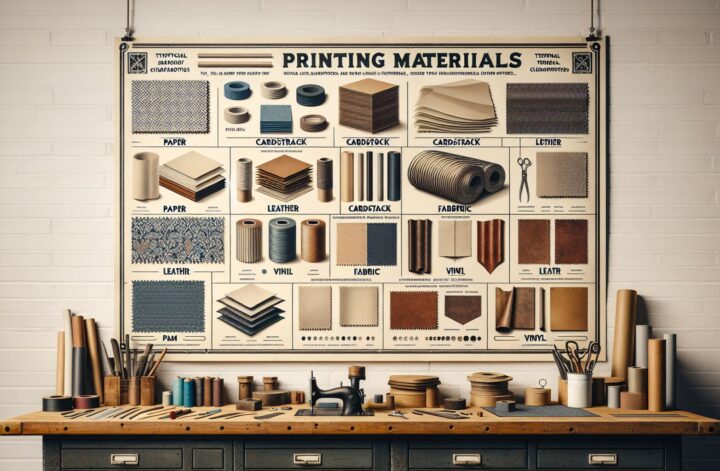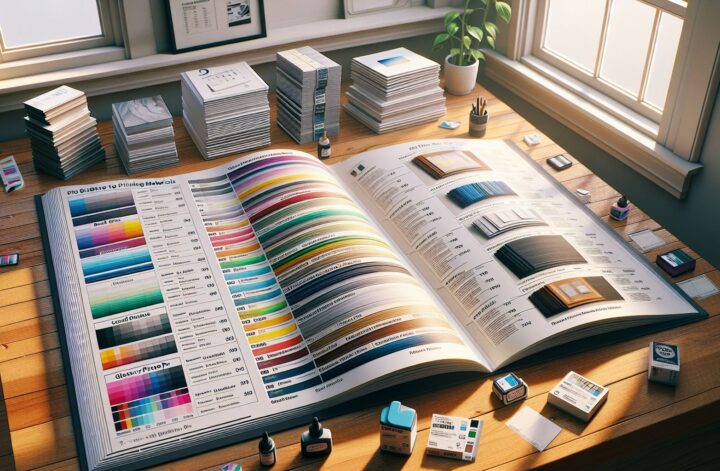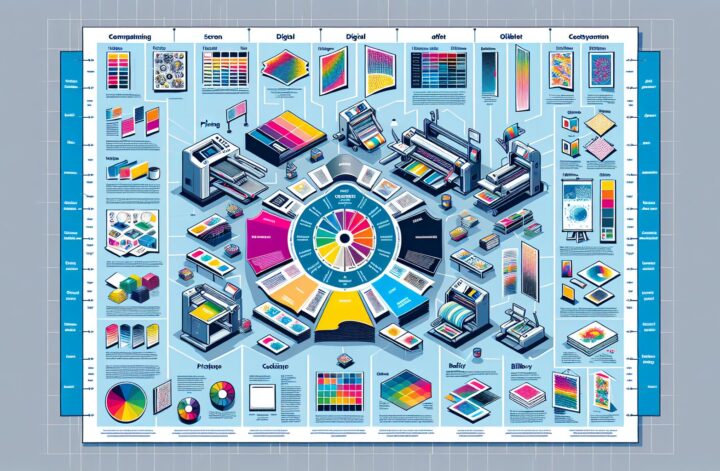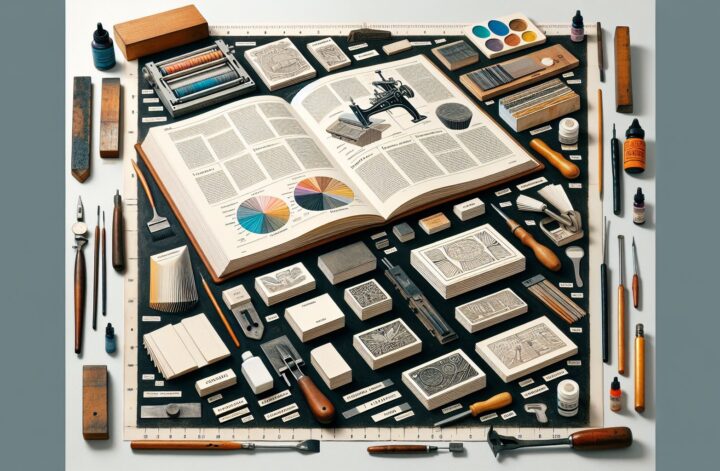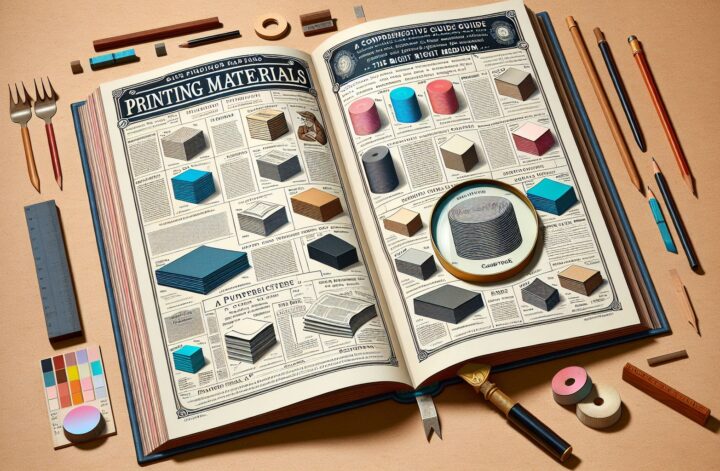In today’s digital world, it’s easy to overlook the importance of physical prints. However, whether it’s for personal or professional use, printing materials play a crucial role in our lives. From flyers and business cards to banners and brochures, the possibilities are endless. But with so many different options available, how do you choose the right printing materials for your needs? In this comprehensive guide, we will explore everything you need to know about printing materials, helping you make informed decisions and achieve the best results.
Understanding Printing Materials
Before delving into the specific types of printing materials, it’s essential to grasp the underlying concepts. Printing materials refer to the physical substrates onto which ink is applied to create a printed image. These substrates can be made from various materials and come in a range of sizes and finishes. The choice of printing material can significantly impact the look, feel, and durability of your prints, so it’s crucial to make informed decisions based on your unique requirements.
Types of Printing Materials
-
Paper
Paper is the most common printing material, suitable for a wide range of applications. It comes in various weights, from lightweight paper suitable for everyday documents to heavyweight cardstock for business cards and postcards. Different finishes like matte, glossy, and satin provide distinct visual and tactile effects. Glossy finishes offer a shiny, reflective surface, while matte finishes provide a more subdued and elegant appearance. The choice of paper largely depends on the desired outcome and purpose of the print. -
Cardstock
Cardstock is thicker and sturdier than regular paper, making it ideal for printing materials that need to withstand frequent handling and have a more substantial feel. Commonly used for business cards, invitations, and presentation materials, cardstock is available in different thicknesses, usually measured in points or grams per square meter (gsm). The higher the number, the thicker and more durable the cardstock. -
Vinyl
Vinyl is a versatile material used primarily for outdoor signage and banners. It is a durable, weather-resistant material that can withstand harsh conditions. Vinyl printing is typically done using large-format printers, and while it may cost more than paper, it offers excellent durability and longevity, making it a popular choice for outdoor advertising and outdoor events. -
Fabric
Fabric printing has gained popularity due to its versatility and unique, high-quality appearance. From custom apparel and upholstery to trade show displays and flags, printing on fabric offers endless possibilities. Different types of fabric, such as cotton, polyester, and nylon, offer different levels of durability, stretchability, and weight. Fabrics can be printed using various techniques, including dye-sublimation, screen printing, and heat transfer. -
Plastics
Plastic materials like polystyrene, polypropylene, and PVC are widely used for printing items such as ID cards, plastic business cards, and promotional products. These materials offer durability, water resistance, and flexibility, making them suitable for a range of applications. Plastic prints can be achieved using digital printing, screen printing, or thermal printing, depending on the desired outcome and printing equipment available.
Factors to Consider When Choosing Printing Materials
Now that we’ve explored some common types of printing materials, it’s essential to understand the factors that should influence your decision-making process. Consider the following aspects:
-
Intended Use
Think about how the printed materials will be used. Will they be handed out as business cards or used as outdoor signage? Understanding the purpose will help you choose the appropriate material that can withstand the specific environment and usage conditions. -
Print Quality
Consider the level of detail and color accuracy required for your prints. Some materials may offer better print quality due to their surface characteristics, while others may limit the achievable results. If intricate details or vibrant colors are crucial, opt for materials that can support high-resolution printing. -
Durability
Depending on the intended use, durability may be a critical factor. If the prints are expected to endure frequent handling, exposure to elements, or prolonged use, choose materials that are resistant to tearing, fading, or damage. -
Environmental Impact
In recent years, considerations for sustainability and environmental impact have become increasingly important. If eco-friendliness is a concern, look for printing materials made from recycled or sustainably sourced materials. Additionally, choose materials that are recyclable or biodegradable to minimize waste and contribute to a greener planet.
Conclusion
In summary, choosing the right printing material is crucial for achieving the desired outcome and ensuring the durability of your prints. Consider factors such as intended use, print quality, durability, and environmental impact before making your decision. With a wide range of options available, from paper and cardstock to vinyl, fabric, and plastics, understanding the characteristics of each material will help you make informed choices that align with your unique requirements. So, the next time you have something to print, don’t overlook the importance of selecting the right printing material to elevate your project’s impact and longevity.

